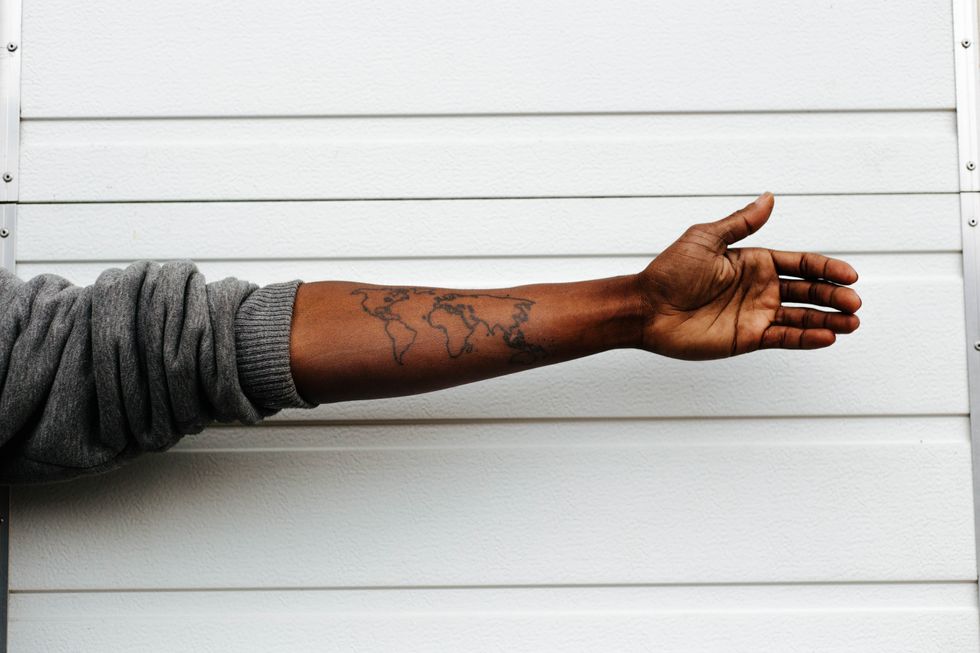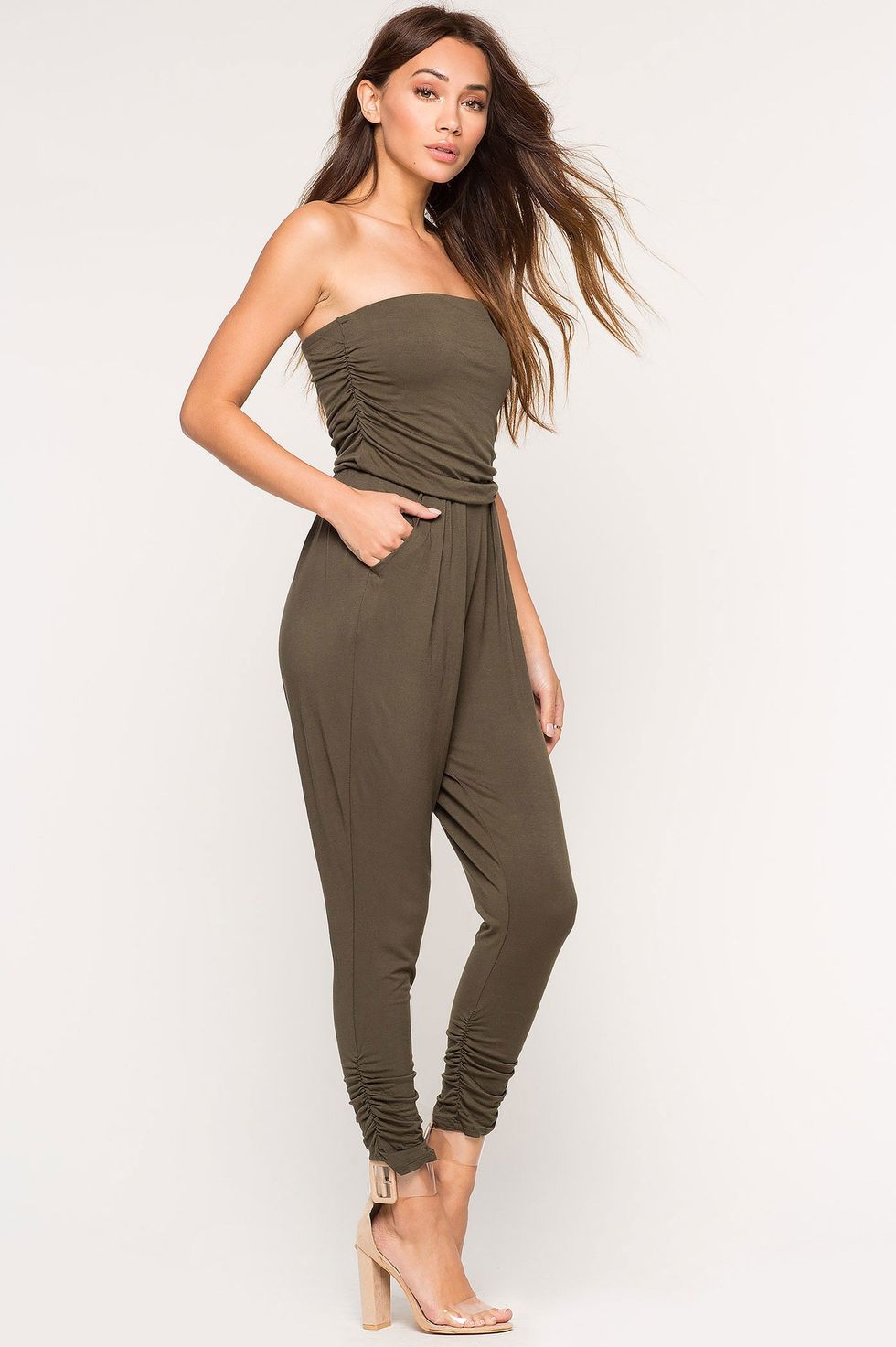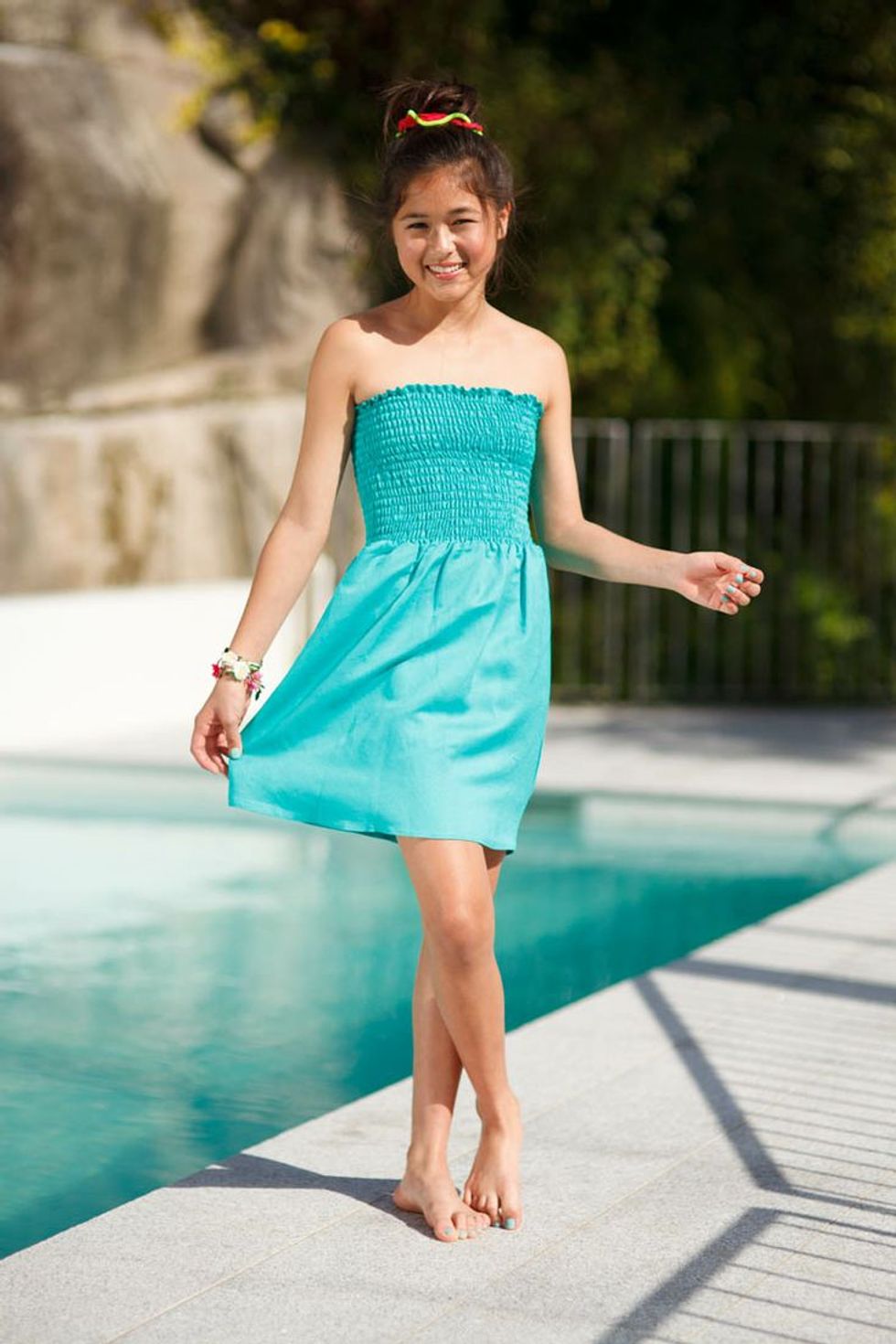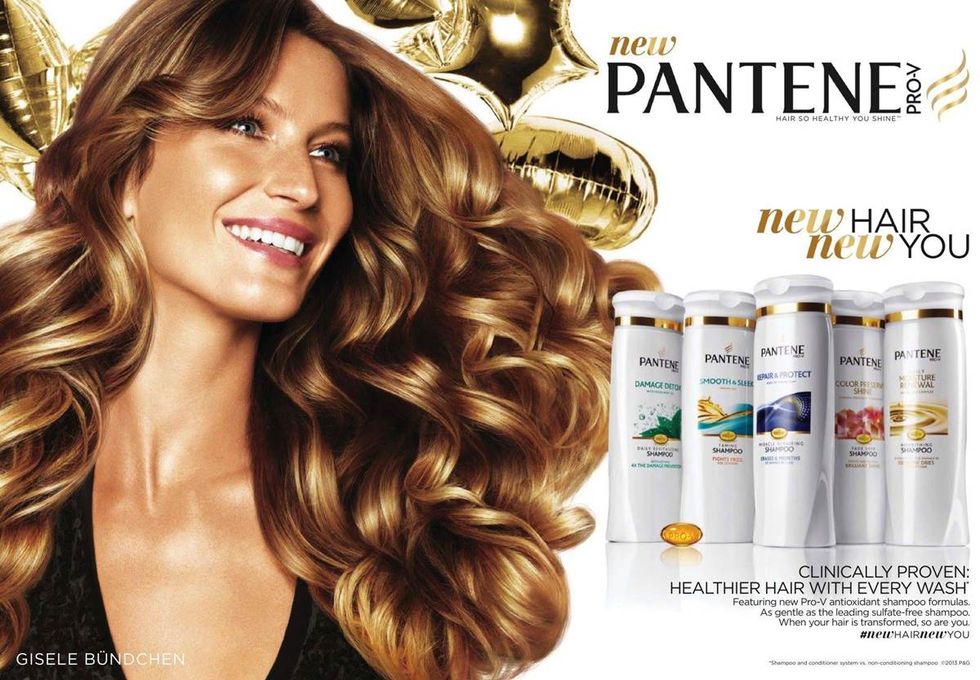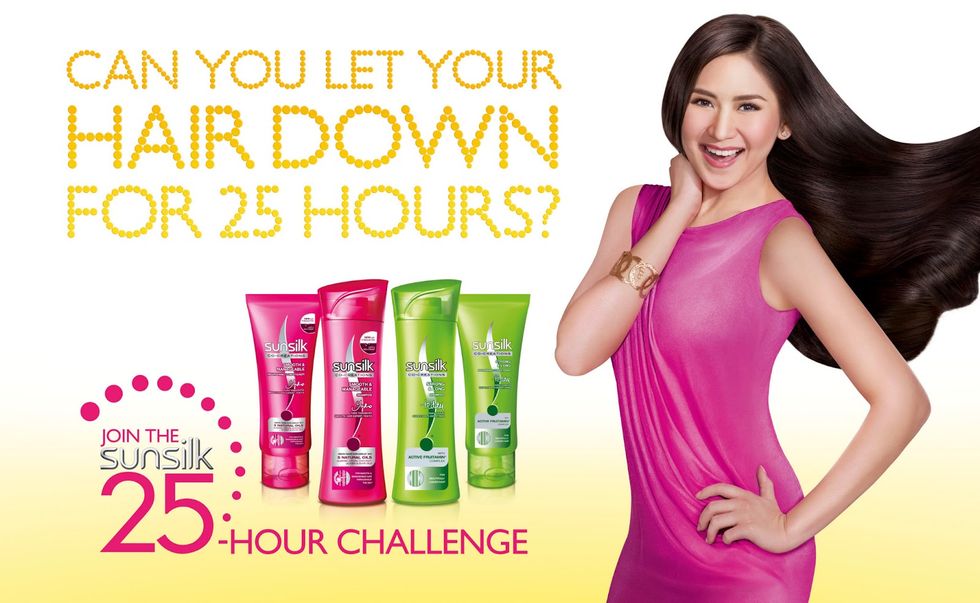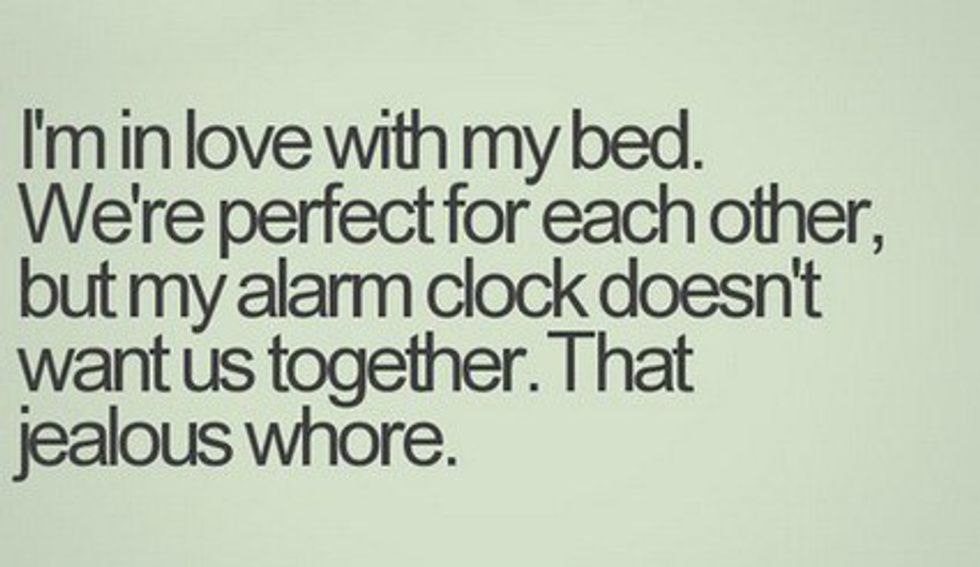Once upon a time, many, many moons ago, my dad made the executive decision to fulfill his dream of moving to the Philippines with the promise of early retirement and to be closer to my mom’s side of the family. At the time it was an archipelago nobody knew much about, much less be able to point out on a map. This, of course, was before Hurricane Yolanda devastated the island and seaside house I once called home and also before President Duterte made headlines across the globe after being elected.
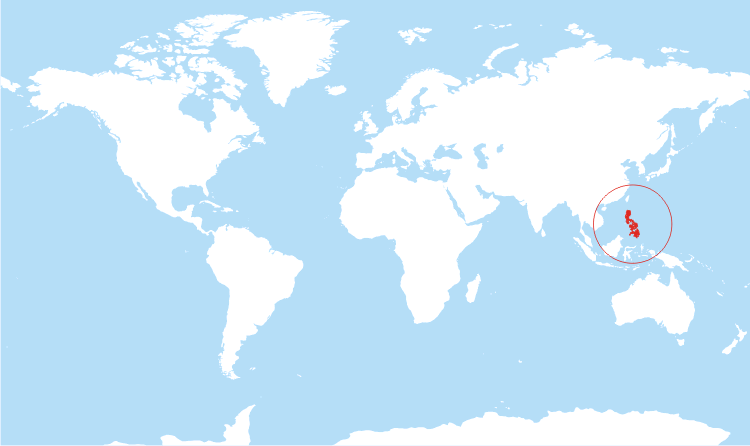
I could spend hundreds of pages describing what that experience was like or why I consider it such a pivotal experience in my time on this Earth, but since I was about 11 at the time, at the start of middle school, I’d say what really stuck with me at the time was how ideals of beauty were so vastly different from what I’d come to know stateside.
Being born and raised in the United States, it seemed to me at the time that the rules of beauty were universal. Everyone I knew back in the States wanted mostly the same things – shiny, bouncy curls, tan skin, well-done makeup, minimal body hair, and to smell like some candy concoction that we could find in mist bottles from the middle school perfume shop du jour – Bath and Body Works. We wanted to be older than we actually were with grace and an alluring air that was off-limits at the time in our young years. Of course, I would discover that the reality of growing up would be vastly different than this ideal, but it was the dream nonetheless.
Now prior to moving halfway across the world, I bought my first tube top from Justice when I was about 10. I wore it around carefree in the hot Texas summers and felt like I was special for having a shirt that was (at least in my mind) clearly Adult (Note the capital “A”).
What I thought I looked like at the time.
What I most likely actually looked like.
I loved that top and owned it in multiple colors, wearing it whenever I could. So you can imagine my surprise when, a couple years later, I slipped on a much looser tank top and board shorts to wear around in the tropical heat and was met with stares.
Not “I felt like people were staring at me” but actual stares that my dad even commented on, because there any and every occasion called for jeans and a t-shirt and anything less was considered “sexy” as some Filipina women would tease me. Which while I wanted to FEEL alluring, I felt uncomfortable with the word “sexy” being used in context with me at the ripe old age of 12. With the humidity basically on full-blast all the time, I would wonder how they did it without fainting like I always seemed to do from heat exhaustion.
Later when I would start school, I would be standing next to a girl in my class and brush up against her arm and she would look at me, shocked. “Do you shave your arms?” she would ask me. The answer was, of course, I did. In the U.S. people shaved just about everything that could be shaved and being a brunette, my body hair was on the very noticeable side. For her though, it just seemed like a lot of unnecessary work for an odd purpose she didn’t understand and found weird. I would later learn that it wasn’t just the arms, but the legs that they let grow freely without a thought in the world.
Another thing they pointed out during my time there was that other than the one American teacher that worked in my school, I was the only person who came to class with my hair dry. It wasn’t uncommon for the teacher to come in with wet hair, combing it back ever so often while she taught. I would also learn that instead of perms, they had what they called “rebonding,” which is really just a fancy way of saying a permanent hair straightening technique to combat the curls so many girls I knew back home were trying to keep from falling flat in their hair.
These are all just individual instances, but I can think of thousands of examples. From the skin lightening products that you could buy at the grocery store to the way people opened umbrellas to shade themselves from the Sun on a particularly harsh day so they wouldn’t tan. How I was the only girl who showed up in a tankini when all of the other girls wore a cotton t-shirt and shorts to go swimming (a disaster for pool filters, by the way). The school uniforms that you had to get tailored, and how, when I asked for “knee-length,” the seamstress made it hit mid-calf. The way no one ever wore any makeup but would instead use face blotting sheets throughout the day.
However, for America and all of its spray tans and “sun-kissed” highlights and the Philippines and its focus on light face powder and pin-straight hair, ultimately what I found was that people were always aiming to look as polar-opposite from the way they came naturally. Of course, there was always someone in the background putting in a ton of work to look the way that the other was trying to change so desperately. Around and around we go.
A great showcase of real advertisements in the U.S. (top) and the Philippines (bottom). Notice how Gisele is oddly tanner than the woman shown in the bottom and that the U.S. commercial shows curls and the Philippines has perfectly straight hair, both somewhat less common in those regions.
In a very odd way, even the focus on modesty seemed to go against what you would intuitively think. Being stuck permanently in the 70-90 degree Fahrenheit range and extremely humid, people in the Philippines stayed pretty bundled up, while the cooler U.S. seemed to embrace shorts and tank tops in the same weather conditions.
Now granted, this was all a long time ago, practically prehistoric in terms of the way that “natural” is now currently in vogue as well as the “no makeup" makeup trend. However, I will argue that this thought isn’t completely gone. I still hear people talking about how they “have skin so white that it will blind you,” or how they need to lose weight or how they aren’t good at makeup or look like “actual garbage,” regardless of how others see them.
If you are one of these people, I hope that you know that someone is using a lot of their time, energy and money to look the way that you despise being. There is no one kind of beauty and that you are somebody’s idea of a beauty ideal.
My hope is that by the next time I write about this topic, people are owning how they are uniquely themselves and if they decide to change how they look (as people are ought to do) it’s completely for self-expression and personal comfort, acknowledging that they didn’t need to change in the first place.

